A number of important tax changes go into effect in 2019. Some were ushered in by legislation such as the Tax Cuts and Jobs Act, the 2016 Consolidated Appropriations Act, and the Bipartisan Budget Act of 2018. Still other changes are the result of various administrative pronouncements by IRS. This article, covering changes for individuals and retirement plans (other than indexing changes), is the first installment of a 2-part roundup of tax changes that go into effect in 2019.
Medical expenses harder to deduct. For 2018, itemizers could deduct medical expenses to the extent they exceeded 7.5% of the taxpayer’s adjusted gross income (AGI). For 2019, the “floor” beneath medical expense deductions increases to 10%.
Big shift in the alimony rules. For payments required under divorce or separation instruments that are executed after Dec. 31, 2018, the deduction for alimony payments is eliminated. And recipients of affected alimony payments will no longer have to include them in taxable income.
The above rules for alimony payments also apply to payments that are required under divorce or separation instruments that are modified after Dec. 31, 2018, if the modification specifically states that the new-for-2019 treatment of alimony payments (not deductible by the payer and not taxable income for the recipient) applies.
ACA’s individual shared responsibility payment is history. The Affordable Care Act (ACA, or Obamacare) generally provides that individuals must have minimum essential coverage (MEC) for health care, qualify for an exemption from the MEC requirement, or make an individual shared responsibility payment (i.e., pay a penalty) when they file their federal income tax return. The TCJA reduced the individual shared responsibility payment to zero for months beginning after Dec. 31, 2018.
Caution: The Code Sec. 4980H “employer mandate” (also known as an employer shared responsibility payment, or ESRP) remains on the books. The employer mandate general provides that an employer that employed an average of at least 50 full-time employees, including full-time equivalent employees, on business days during the preceding calendar year is required to pay an assessable payment if:
i. It doesn’t offer health coverage to its full-time employees; and
ii. At least one full-time employee purchases coverage through the Marketplace and receives a Code Sec. 36B premium tax credit.
The “Executive Order Minimizing the Economic Burden of the Patient Protection and Affordable Care Act Pending Repeal (January 20, 2017)” directed federal agencies to exercise authority and discretion permitted to them by law to reduce potential burden imposed by the ACA. IRS says this executive order does not change the law. As a result, the legislative provisions of the ACA, including the employer mandate, are still in force until changed by Congress.
Liberalized rules for hardship distributions from 401(k) plans. 401(k) plans may provide that an employee can receive a distribution of elective contributions from the plan on account of hardship (generally, because of an immediate and heavy financial need of the employee; and in an amount necessary to meet the financial need). An employee who receives a hardship distribution cannot make elective contributions or employee contributions to the plan and to all other plans maintained by the employer, for at least six months after receipt of the hardship distribution.
The BBA made three important changes to the hardship distribution rules:
1. It directed IRS to modify Reg. § 1.401(k)-1(d)(3)(iv)(E), by Feb. 9, 2019, to delete the 6-month prohibition on contributions and to make “any other modifications necessary to carry out the purposes of” Code Sec. 401(k)(2)(B)(i)(IV). (BBA Sec. 41113) The revised regs are to apply to plan years beginning after Dec. 31, 2018.
2. It added Code Sec. 401(k)(14), providing special rules relating to Code Sec. 401(k)(2)(B)(i)(IV), the portion of the definition of a 401(k) plan which allows 401(k) plans to allow hardship withdrawals. Under the provision, for purposes of Code Sec. 401(k)(2)(B)(i)(IV), the following amounts may be distributed upon hardship of the employee:
i. Contributions to a profit-sharing or stock bonus plan to which Code Sec. 402(e)(3) applies;
ii. Qualified nonelective contributions (as defined in Code Sec. 401(m)(4)(C));
iii. Qualified matching contributions described in paragraph Code Sec. 401(k)(3)(D)(ii)(I); and
iv. Earnings on any contributions described in (i), (ii), or (iii).
This change applies to plan years beginning after Dec. 31, 2018.
3. Reg § 1.401(k)-1(d)(3)(iv)(B) provides that a distribution is not treated as necessary to satisfy an immediate and heavy financial need of an employee to the extent the need can be relieved from other resources that are reasonably available to the employee. Under Code Sec. 401(k)(14)(B), as added by the BBA, a distribution won’t be treated as failing to be made upon the hardship of an employee solely because the employee doesn’t take any available loan under the plan. This change, too, applies to plan years beginning after Dec. 31, 2018. (Code Sec. 401(k)(14)) Thus, a 401(k) plan participant will longer be required to seek a plan loan to address a heavy and immediate financial need before obtaining a hardship distribution.
IRS has issued proposed regs to reflect these and other statutory changes to the hardship distribution rules.
New procedures for VCP submissions. The Employee Plans Compliance Resolution System (EPCRS) is a comprehensive system of correction programs administered by the Employee Plans Division (TE/GE) for sponsors of retirement plans that have failed to satisfy certain requirements under Code Sec. 401(a), Code Sec. 403(a), Code Sec. 403(b), Code Sec. 408(k), or Code Sec. 408(p). This system permits plan sponsors to correct these failures and so continue to provide their employees with retirement benefits on a tax-favored basis. One of the components of EPCRS is the Voluntary Correction Program (VCP). Under the VCP, a plan sponsor, at any time before audit, may pay a limited fee and receive IRS’s approval for correction of a qualified plan, Code Sec. 403(b) plan, SEP, or SIMPLE IRA plan failure.
In Rev Proc 2018-52, 2018-42 IRB, which is generally effective Jan. 1, 2019, IRS set out new procedures for using the pay.gov website to file VCP submissions and pay user fees. Beginning on Apr. 1, 2019, IRS will no longer accept paper VCP submissions or process user fees paid with a paper check. During the transition period from Jan. 1, 2019, through Mar. 31, 2019, plan sponsors may file VCP submissions with IRS either by using www.pay.gov in accordance with Rev Proc 2018-52, Sec. 10 and Rev Proc 2018-52, Sec. 11, or by filing paper VCP submissions in accordance with Rev Proc 2016-51, Sec. 10 and Rev Proc 2016-51, Sec. 11.
For more information, contact the tax professionals at Larson & Company today.
Source: Thompson Reuters 1/2/19


.png)



